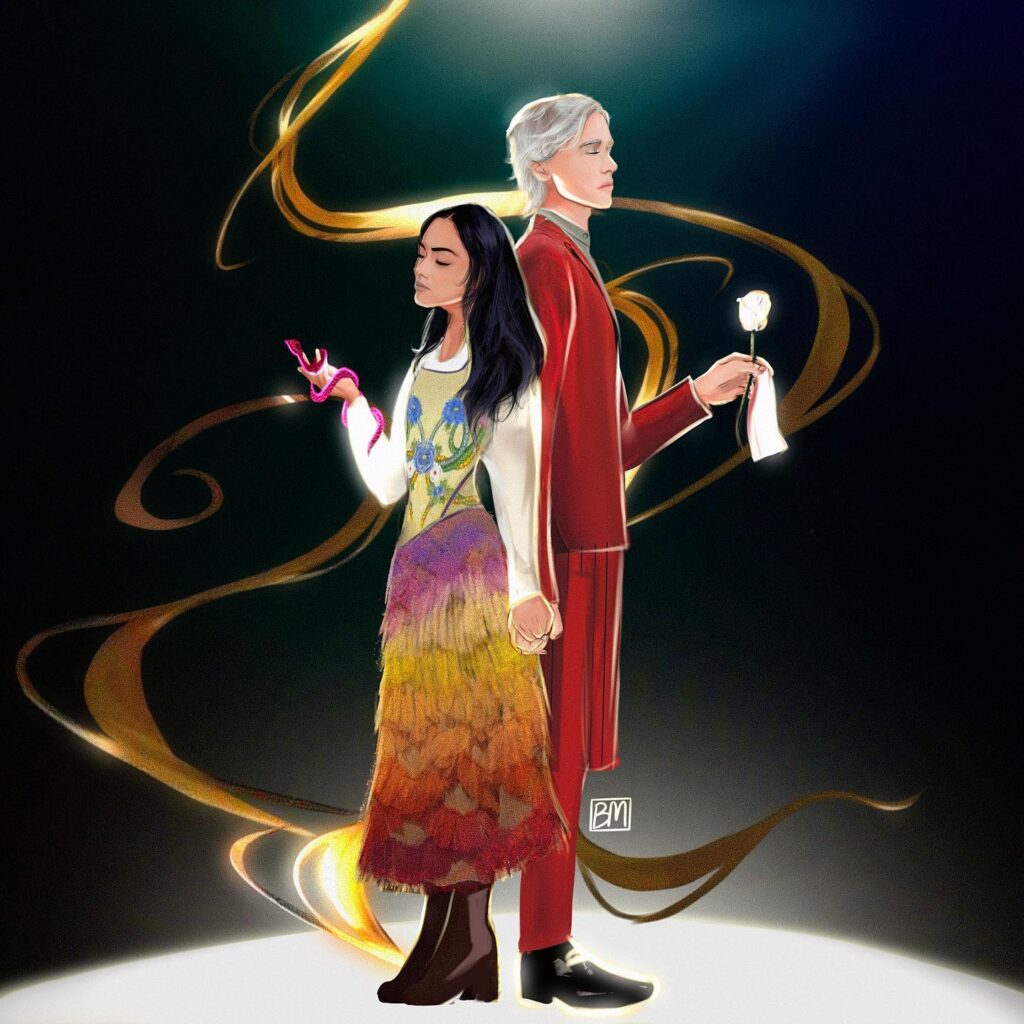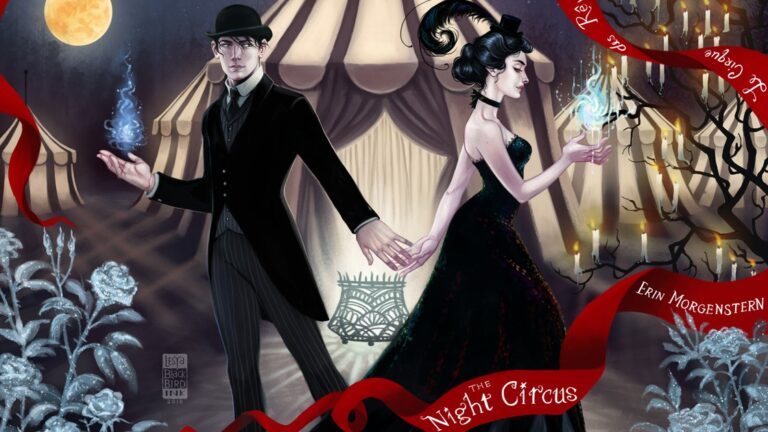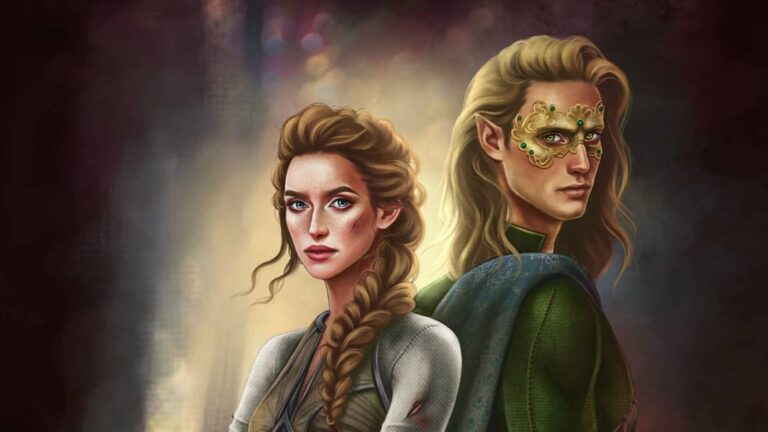Review: The Ballad of Songbirds and Snakes by Suzanne Collins

Suzanne Collins’s The Hunger Games trilogy, which catapulted her into literary stardom, was a harrowing and riveting exploration of a dystopian future where the wealthy elite used young tributes as pawns in a deadly game of power and control. The trilogy’s impact was so profound that it transcended the boundaries of the young adult genre, becoming a cultural phenomenon and immensely successful film franchise.
Nearly a decade after the release of the original series, Collins decided to revisit the darkly opulent world of Panem, offering readers a glimpse into its origins with The Ballad of Songbirds and Snakes.
This is not just a book; it’s a bridge that connects the past and present of Panem, providing readers with a fresh lens through which to examine the events and characters that have shaped this dystopian world.
The Hunger Games trilogy left a lasting impression, etching in the collective imagination the vivid horrors of the Capitol, the defiance of Katniss Everdeen, and the chilling rise to power of President Snow. In this prequel, Collins offers a glimpse into the origins of this infamous character, painting a more intricate portrait of a villain whose name is synonymous with cruelty and oppression. The Ballad of Songbirds and Snakes plunges us into the depths of the Capitol’s depravity and exposes the roots of a malevolence that will eventually manifest as a nation’s worst nightmare.
This new instalment transports us back in time, 64 years before the events of the original trilogy, to a Panem in its infancy, where the scars of a rebellion have yet to heal and the foundations of the Hunger Games are being laid.
Plot Overview
The Ballad of Songbirds and Snakes takes us away from the grit of District 12 and introduces us to the opulence and political drama of the Capitol of Panem. At the heart of this prequel is the 10th Hunger Games, a precursor to the more glamorous and grandiose Hunger Games featured in the original trilogy.
The novel opens with the Snow family in a state of decline. Coriolanus Snow, the future President of Panem (and one of the harshest villains of the Hunger Games), is a young man grappling with the loss of his family’s once-wealthy status. As the Snows face economic hardship, Coriolanus finds one last chance to secure his family’s position and legacy. He is selected as a mentor for one of the tributes in the 10th Hunger Games.
The novel explores the dynamics of the Hunger Games from a different perspective.
This time, we witness the Games from the eyes of a mentor, not a tribute. This leads him to Lucy Gray Baird, a charismatic and enigmatic singer from District 12. As the story unfolds, it becomes evident that Lucy Gray is not like the typical tributes from these impoverished districts. She is a performer, a singer, and a symbol of hope for District 12. The two go on to form an uneasy alliance and unsteady romance as they navigate the treacherous world of the Hunger Games.
The novel explores the development of the Capitol’s obsession with appearances and entertainment, and throughout the story, Coriolanus is reminded of the importance of a good show. This concept is at the heart of the Hunger Games, as tributes must not only fight for their lives but also entertain the Capitol audience in hopes of securing life-saving donations and patronages. As Coriolanus struggles to make Lucy Gray an appealing and captivating tribute, he becomes increasingly entangled in the Capitol’s web of manipulation and deception.
The novel also introduces readers to the early formation of the Mockingjay symbol, a significant element in the original trilogy. Lucy Gray’s songs and her persona serve as the catalyst for the creation of the Mockingjay, which will later become a symbol of rebellion against the Capitol’s oppressive regime. (And here we can see why the Mockingjay so vexed a future President Snow). This symbol, which becomes a powerful emblem of rebellion, is a nod to the careful planning and world-building by Suzanne Collins.
As the 10th Hunger Games come to a close, the novel builds to a climactic and unpredictable ending that leaves readers with a sense of unease and sets the stage for the events that will follow in the Hunger Games trilogy. We have to say that it is a testament to Collins’s storytelling skill that she can maintain tension and intrigue even when readers know how the overarching story will ultimately unfold.
Stand-out Elements in The Ballad of Songbirds and Snakes Novel
What stands out in this prequel is the portrayal of the early Hunger Games.
Unlike the highly polished and carefully orchestrated games from the original trilogy, the 10th Hunger Games are raw and unrefined. The Games in The Ballad of Songbirds and Snakes are brutal and often chaotic, shedding light on how they evolved into the spectacle they would become. The violence is gritty and less stylised, which adds to the realism of the narrative.
As the story progresses, Coriolanus transforms. He starts as a young man with good intentions but becomes more entangled in the Capitol’s power games. His character development is a standout element of the novel, as readers witness his descent into the ruthless and power-hungry President Snow that they know from the original trilogy.
The novel also delves into the socioeconomic divide between the Capitol and the districts. It highlights the vast differences in wealth, privilege, and living conditions. The Capitol is opulent, while the districts are struggling for survival. This contrast underscores the oppressive nature of the Capitol’s rule and the desperation faced by those in the districts.
Another noteworthy aspect is the exploration of the grey areas in morality. The characters in the novel are not easily categorised as heroes or villains. Coriolanus is a complex protagonist who makes morally ambiguous decisions, and the same can be said for other characters. This moral ambiguity adds depth and realism to the story, forcing readers to grapple with difficult ethical questions.
Throughout the novel, the theme of control and manipulation is ever-present. The Capitol’s control over the districts is evident, but there are also power struggles and manipulation within the Capitol itself. Coriolanus, in his quest for survival and success, must manipulate both Lucy Gray and the Capitol’s elite to achieve his goals. The intricate web of power dynamics keeps the reader engaged and invested in the story.
Easter Eggs
As a prequel, we knew the novel would be packed with Easter Eggs for keen readers and fans of the series. So we took to the pages and made sure to note down some of the most notable references we found.
Of course, we already mentioned the Mockingjay pin, the overarching symbol of the rebellion in this literary universe but seeing it mentioned here definitely brings a chill to our hearts as we remember what’s to come.
We also come to learn more about Avoxes – those who have been punished by the Capitol and had their tongues cut out. In the original trilogy, Katniss encounters an Avox girl in the woods. In this novel Avoxes are briefly mentioned, providing a connection to the broader Panem lore.
The snake imagery for Snow was a huge Easter Egg and a nod to his future villainy for us. Throughout the novel, there are subtle references to snakes and serpents, alluding to Coriolanus Snow’s future as the ruthless President Snow. These references symbolize his transformation from a young, ambitious student into a cunning and deadly ruler.
On a lighter note, we meet many characters who share last names with characters we meet in the trilogy, hinting that these may be distant relatives of beloved characters in the subsequent trilogy.
Could Arachne Crane be a relative to Seneca Crane, games maker in the original Hunger Games novel? Is Lucky Flickerman where Ceaser Flcikerman got his leadership skills and charisma from? These subtle nods to the trilogy are one of the best elements in the novel as the universe and world of Panem are populated with even more beloved but related quirky characters.
Good to know
Keep an eye out once the highly anticipated movie adaption of this novel comes to our screens, as we will be taking our notepad with us and noting down all the differences between the film and the novel.
Final Thoughts
The novel offers a compelling exploration of the Hunger Games universe, providing valuable insights into the history of Panem and the origins of the Capitol’s oppressive regime.
While it may not have the same pulse-pounding intensity as the original Hunger Games trilogy, it stands as a worthy addition to the series. The pacing, especially in the middle of the novel, can feel a bit slow, and some readers may find it challenging to connect with Coriolanus Snow as the protagonist, especially knowing who he ultimately becomes.
Suzanne Collins’s character development, particularly in the case of Coriolanus Snow, is the novel’s strongest suit. Watching Coriolanus’s descent into darkness and his transformation into the President Snow readers know from the original trilogy is a captivating and chilling experience. It is a masterclass in character evolution and the corrupting influence of power.
The exploration of morality is thought-provoking. In a world where survival often requires making morally ambiguous choices, the characters’ actions force readers to grapple with complex ethical questions.
This moral ambiguity adds depth and complexity to the narrative. In these pages, Collins challenges our understanding of good and evil, leaving us with much to ponder about the origins of oppression and the choices that forge our destinies.



